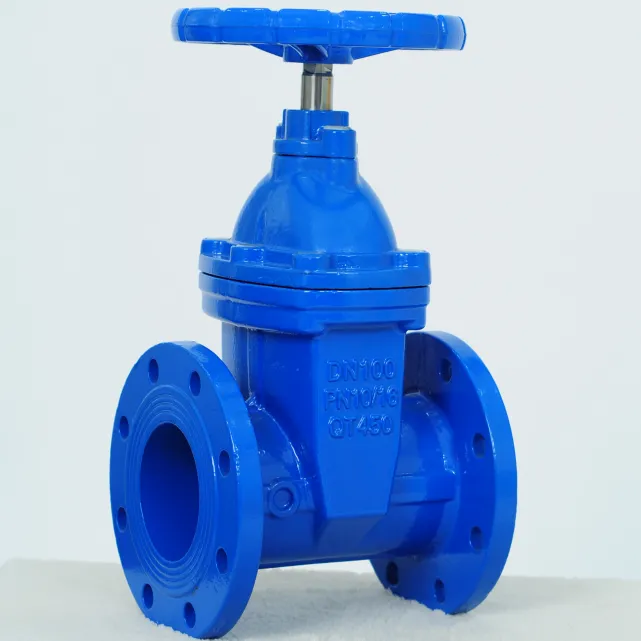pp foot valve
Understanding the Importance of PP Foot Valves in Fluid Management
In the realm of fluid management systems, the selection of appropriate components is vital for efficiency and durability. One such component that plays a crucial role in preventing backflow is the foot valve. Specifically, PP (polypropylene) foot valves have gained significant attention due to their unique properties and benefits. This article explores the importance of PP foot valves, their construction, functionality, applications, and advantages.
What is a Foot Valve?
A foot valve is a type of check valve installed at the bottom of a suction line, submerged in the fluid to be pumped. Its primary function is to prevent the backflow of fluid when the pump is turned off. This mechanism helps maintain the priming of the pump and ensures seamless operation by eliminating the need for repetitive priming before each pump cycle.
Why Choose Polypropylene?
Polypropylene is a thermoplastic polymer that offers numerous advantages for manufacturing various components, including foot valves. One of its most significant attributes is its chemical resistance. As fluids can often be corrosive, particularly in agricultural and industrial applications, using materials that can withstand such conditions is essential. PP foot valves resist a variety of chemicals, making them suitable for use in diverse environments.
Moreover, polypropylene is lightweight and has excellent tensile strength, which makes it easy to handle and install. Its low density helps reduce shipping costs and labor during installation. Additionally, PP does not rust or corrode, which enhances the longevity of the valve and reduces replacement costs over time.
Functionality of PP Foot Valves
PP foot valves function based on a simple yet effective mechanism. They consist of a valve body, a strainer, and a float ball. When the pump operates, it creates suction, and the valve opens, allowing fluid to flow into the pump. When the pump is turned off, the float ball rises and seals the valve, preventing any backflow of fluid from the discharge line. The strainer at the base of the valve prevents debris and contaminants from entering the pump, ensuring that the system remains clear and operates efficiently.
pp foot valve

Applications of PP Foot Valves
PP foot valves are versatile and find applications in various industries. In agriculture, they are commonly used in irrigation systems to maintain pressure and prevent contamination of the water supply. In chemical processing, they help manage the flow of corrosive liquids, ensuring the safety and integrity of the system. Additionally, they are used in water treatment facilities and municipal water supply systems.
Another significant application of PP foot valves is in marine environments. They are often employed in bilge pumps to remove water from the hull of boats and ships, safeguarding against sinking or water damage. Their resistance to saltwater corrosion makes them particularly suitable for these situations.
Advantages of Using PP Foot Valves
The benefits of using PP foot valves are manifold. Their chemical resistance ensures longevity, reducing maintenance and replacement costs. The lightweight nature of polypropylene makes installation easier and less expensive. Furthermore, the simplicity of the design allows for easy troubleshooting and maintenance.
Another advantage is the affordability of polypropylene compared to other materials like stainless steel or brass. This financial benefit, coupled with the durability and effectiveness of PP foot valves, makes them an attractive option for many businesses and industries.
Moreover, the environmental impact of using polypropylene is generally lower than that of metals, as PP is recyclable and can be repurposed, aligning with modern sustainability goals.
Conclusion
In conclusion, PP foot valves are integral components in fluid management systems across various industries. Their unique properties, such as chemical resistance, lightweight nature, and affordability, make them an ideal choice for preventing backflow and ensuring the efficient operation of pumps. As industries continue to evolve and prioritize sustainability, the importance of reliable and durable components like PP foot valves will undoubtedly continue to grow. By understanding their functionality and benefits, users can make informed decisions that enhance their systems' performance and longevity. Whether in agriculture, chemical processing, or marine applications, PP foot valves stand out as a critical solution for effective fluid management.
-
The Key to Fluid Control: Exploring the Advantages of Ball Valves in Industrial SystemsNewsJul.09,2025
-
The Versatile World of 1, 2, and 3 Piece Ball ValvesNewsJul.09,2025
-
Stainless Steel Ball Valves: The Ideal Choice for Efficient Flow ControlNewsJul.09,2025
-
Optimizing Fluid Control with Ball Float ValvesNewsJul.09,2025
-
Manual Gate Valves: Essential for Control and EfficiencyNewsJul.09,2025
-
Everything You Need to Know About Butterfly ValvesNewsJul.09,2025
-
The Versatility of Wafer Type Butterfly ValvesNewsJul.08,2025




